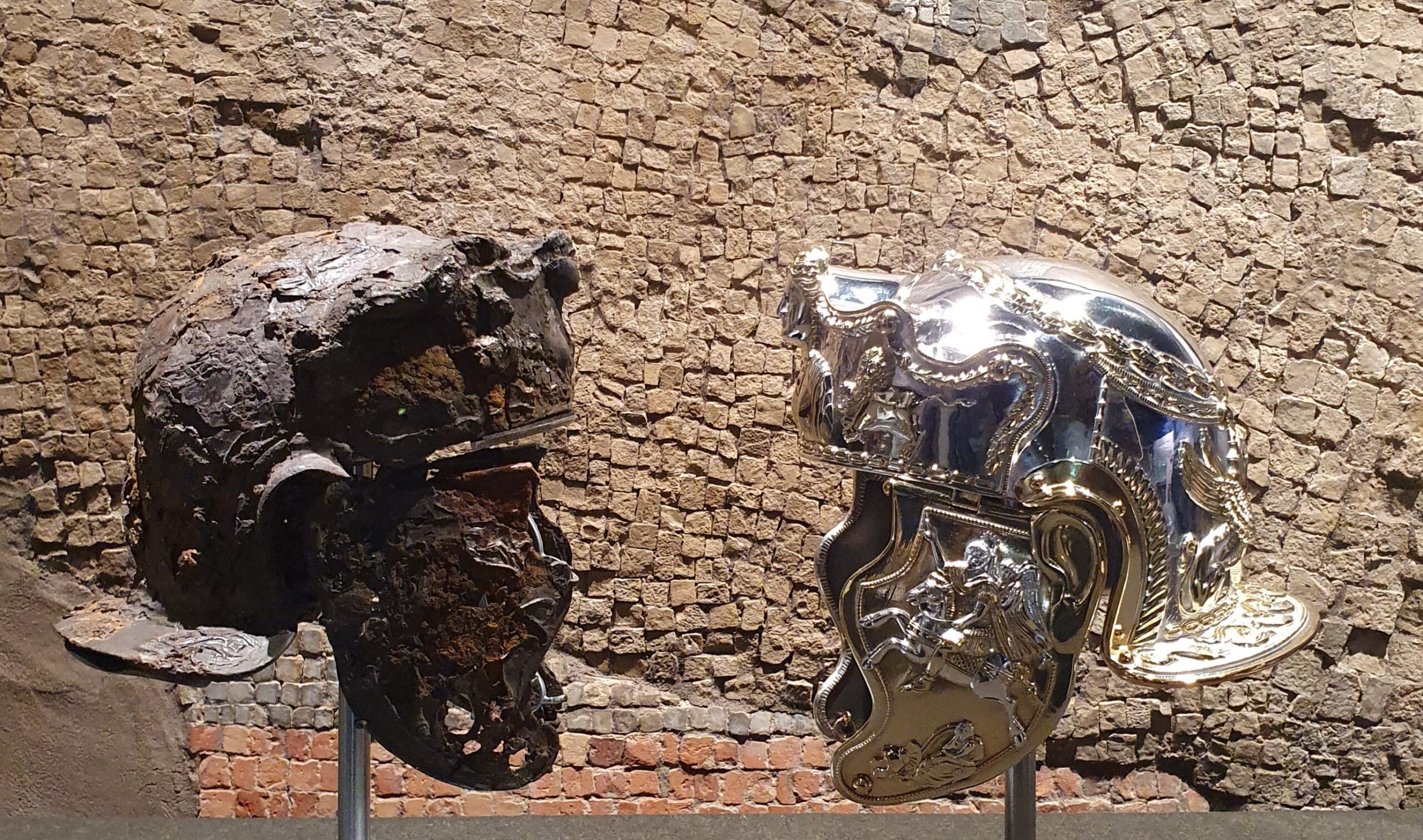
www.inspiremore.com
Man Plays “Colors Of The Wind” From “Pocahontas” In Magical Pan Flute Cover
Every genre features some instruments more than others. But when it comes to most contemporary songs‚ nowadays‚ it’s much rarer to hear a pan flute take center stage. Then there’s Raimy Salazar. This Ecuadorian is an incredible musician‚ something he showcases on his social media accounts. No matter what song he’s playing‚ you can count on him utilizing a beautiful wind instrument.
Although he does renditions of all sorts of songs‚ one of his most popular has to be The Colors of the Wind from Disney’s Pocahontas. In it‚ Raimy plays a pan flute. To best match the overall energy of the music‚ he stands at the peak of a mountain called Chimborazo. The result? Pure magic!
With total ease‚ Raimy does this classic song justice on pan flute. It’s like the gentle yet powerful melody was made for this exact scenery. And thanks to the multiple shots we get of Raimy as he plays‚ we can more easily picture what it was like to experience this performance live. In fact‚ people from all around the world can’t stop raving over this peaceful video.
This Cover of The Colors of the Wind Will Make You Want More Songs With Pan Flutes
“This is so beautifully done‚” one person comments. The landscape‚ the instruments‚ and the tune all perfectly aligned!”
“This has touched my heart and brought me home‚” another shares. “Absolutely beautiful. I can’t stop watching this.”
You can find the source of this story’s featured image here!
The post Man Plays “Colors Of The Wind” From “Pocahontas” In Magical Pan Flute Cover appeared first on InspireMore.
















